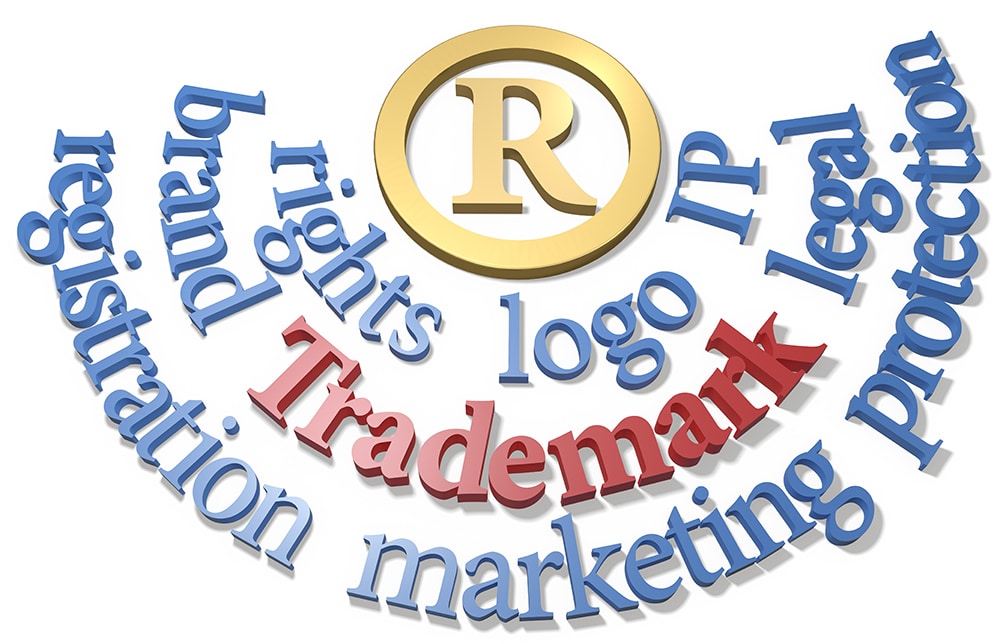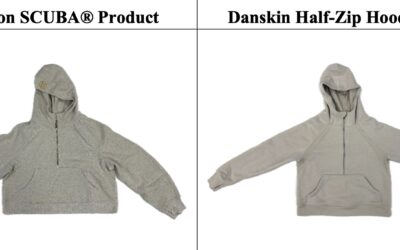-
Strength of the senior user’s mark. The stronger or more distinctive the senior user’s mark, the more likely the confusion.
-
Similarity of the marks. The more similarity between the two marks, the more likely the confusion.
-
Similarity of the products or services. The more that the senior and junior user’s goods or services are related, the more likely the confusion.
-
Likelihood that the senior user will bridge the gap. If it is probable that the senior user will expand into the junior user’s product area, the more likely there will be confusion.
-
The junior user’s intent in adopting the mark. If the junior user adopted the mark in bad faith, confusion is more likely.
-
Evidence of actual confusion. Proof of consumer confusion is not required, but when the trademark owner can show that the average reasonably prudent consumer is confused, it is powerful evidence of infringement.
-
Sophistication of the buyers. The less sophisticated the purchaser, the more likely the confusion.
-
Quality of the junior user’s products or services. In some cases, the lesser the quality of the junior user’s goods, the more harm is likely from consumer confusion.
-
related products and services.
The Sonos v. Google Patent Wars: Federal Circuit Showdown
Federal Circuit oral arguments could reshape patent continuation strategy after judge controversially threw out $32.5M verdict over 13-year delay.
Lululemon vs. Costco: Athletic Wear Giant Alleges Unauthorized Product Sales
Lululemon has filed a comprehensive federal lawsuit against Costco, alleging the retail giant violated multiple...
Disney and Universal Sue AI Company Midjourney for Copyright Theft
Disney & Universal launch groundbreaking lawsuit against AI company Midjourney for copyright infringement. $20M+ case could reshape AI industry forever.




